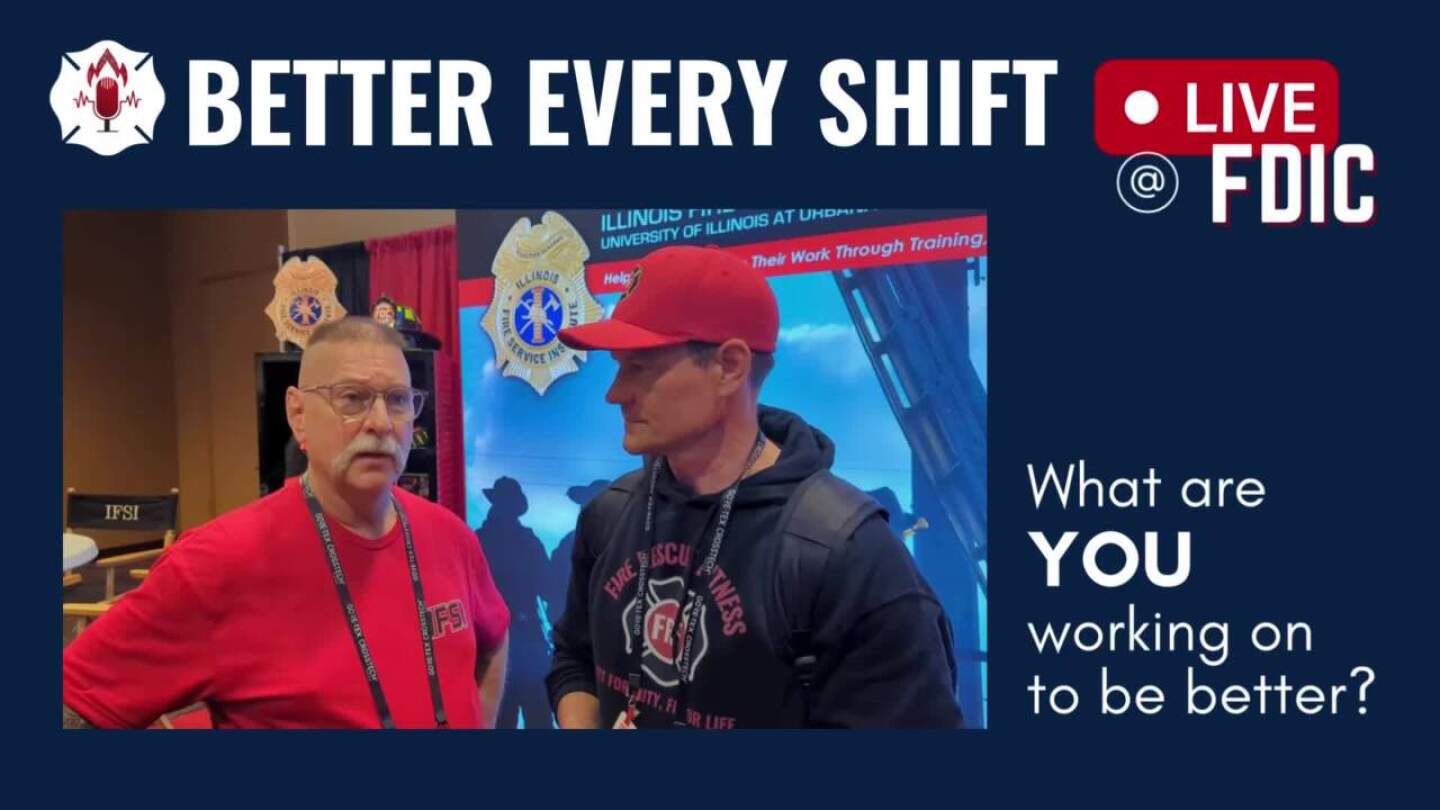EMS Training and Education
Live at FDIC, Better Every Shift cohost Aaron Zamzow is capturing attendees improvement strategies
Like a ripple effect, one mistake or incorrect assumption can lead to increased negative outcomes for the patient
Eliminate EKG rhythms until there is only one probable interpretation
Workshop, funded by a grant to expand pediatric medical education, used pig lungs, hearts, and tracheas for hands-on training
The cliché “knowledge is power” is essential to EMS.
The national EMS conference in Baltimore spotlights the opportunities for EMS to move forward and the important challenges EMS professionals face
Guest Kip Tietsort explores the importance of training EMS providers to use critical thinking skills to handle a violent patient situation
We don’t all need to be EMS lawyers but knowing a few basics about the impact of court decisions will make you a better EMS provider
EMS can determine when to administer nitroglycerine by utilizing the Lifepak 15 – placing EKG electrodes on the wrists and ankles in anticipation of running a full 12-lead EKG
Suspensions were chosen because the firefighters had not been trained on how to handle a violent situation
Emotion-provoking videos and images intended to educate public about the vital services provided by medics
Read the response and add your own thoughts in the comments
Syncope is common and can be a warning sign of a structural or electrical abnormality in the heart that may cause sudden death
Documentary film tells story of Freedom House creating jobs and providing a crucial service to the community in the 1960s
EMS1 columnist Kelly Grayson is keynote speaker for the inaugural conference that will feature nationally known educators
The course can be tailored to meet specific training needs
Advances in technology should continue to create ventilators that are smaller, more user friendly, and easily adaptable to the pre-hospital environment
Pressure manometers, filters, a good seal and a two-person approach can all help improve effective airway ventilation
Epi, a long-time staple of ACLS, does not improve neurologically intact survival and may even harm the patient
Presenters from the NHTSA office of EMS discuss military medic to civilian EMS, development of evidence-based EMS guidelines, and ground ambulance crash data
Jon Puryear presented an engaging and hands-on session that stressed understanding normal waveforms to recognize what’s abnormal
They used a newly acquired drone to record the simulated rescue of victim with a broken pelvis trapped 20 feet down a water well
Firefighter Patrick Cullum discusses the pain and lessons from an incident that killed Chief Kenneth Lehr and his desire to honor his mentor and friend
EMS providers use hands-on dissection to learn and practice emergency ventilation and hemorrhage control procedures
Connecticut EMS director, Ray Barishansky, shares the realities and pitfalls of leadership and supervision in EMS
18-year-old wanted to be a paramedic; able to do 2 ride-along shifts in final months of his life
Wisconsin EMS Association half-day workshop educates EMRs, EMTs and AEMTs to assess an opioid overdose and administer naloxone
Review of allergic reaction signs and symptoms; practice prehospital epinephrine administration routes
Learn about FirstNet benefits and ask questions during free EMS Focus Webinar on Thursday, Feb. 19 at 12 p.m. EST
The retired nurse and former paramedic who earned a reputation for his IV skills hopes to pass his three decades of knowledge onto others with his new book, “The Art of the IV Start”
Another rescuer accidentally fired a bullet instead of a blank during tactical EMS training in Puerto Rico; man died of wound to left shoulder
3 years of cardiac arrest registry data is analyzed to improve patient care and to target CPR training programs























